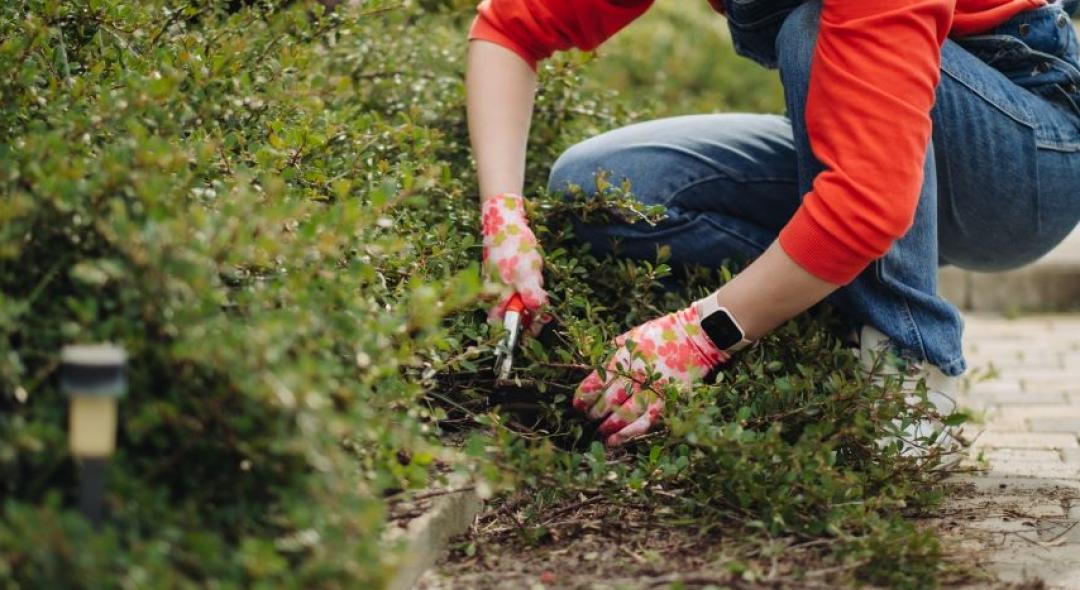 If you’re tired of the grays and whites of winter then an easy way to spend the rest of the cold season is planning for the warmth and rainbow of color that can be yours through a new stunning landscape design. Curious about how to get started setting up your own custom landscape design? Just remember these simple tricks and when spring finally returns you’ll have an exterior look that you can wander and enjoy for the long, warm months ahead.
If you’re tired of the grays and whites of winter then an easy way to spend the rest of the cold season is planning for the warmth and rainbow of color that can be yours through a new stunning landscape design. Curious about how to get started setting up your own custom landscape design? Just remember these simple tricks and when spring finally returns you’ll have an exterior look that you can wander and enjoy for the long, warm months ahead.
Step 1: Focal Points
No matter how big your yard is, an experienced landscape designer can give your home’s exterior a sense of pageantry, serenity, and adventure all according to your specific design tastes. That said, all of this beauty is made more impressive (and affordable) when it’s directed toward or around particular focal points. Whether this ends up being an arbor, a gazebo, a pergola, or a deck, is less important than the attention paid to it. Maintaining the condition of your landscape’s focal points is crucial to keeping the look of the entire design at its very best.
Step 2: Variety within Reason
A careful balance has to be found with your new landscape design so that the variety of plant life, colors, heights, and maintenance needs aren’t so simplistic as to be boring or so complicated as to be overwhelming to care for or even explore. The Environmental Protection Agency offers some very helpful tips on this matter including placing plants with similar watering needs close to each other and largely using region-native plant life so as not to have to spend more time and money adjusting conditions, but for even more precise advice on how to get your dream landscape design to best thrive it’s highly advisable to speak to professional landscape designers from your area. They’ll have all the expertise and knowledge needed to ensure your home’s exterior is beautiful to behold the whole year round.
Step 3: Design Your Landscape
Your home’s yard is at its best when it’s serving the needs of your home and your family in particular. Don’t be pressured into designing any landscape features that are unnecessary or (worse) against those needs. For example, a beautiful walkway through an intricately manicured bed of flowers will look elegant all spring but won’t be as fun or useful for families with small children that are looking for a space to play. Furthermore, knowing about the plants involved in your landscape design is crucial for homeowners worried about bugs, or even hungry larger animals. For all these reasons an in-depth discussion with your professional landscape designer is one of the best ways to design a gorgeous landscape to call your own.
